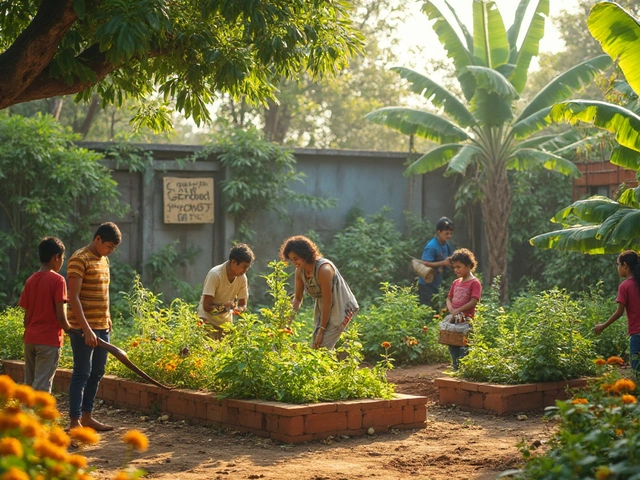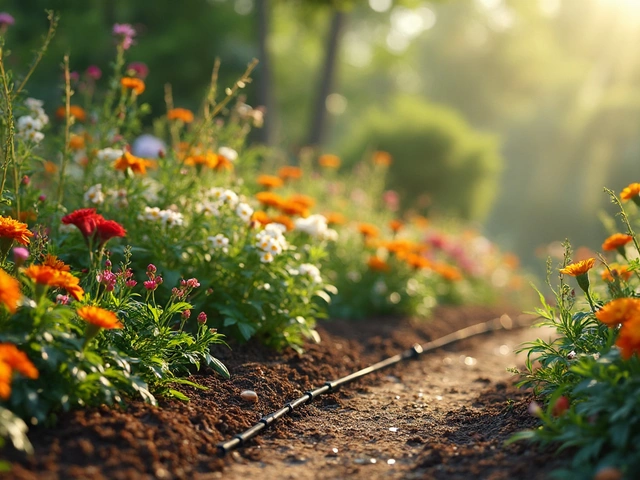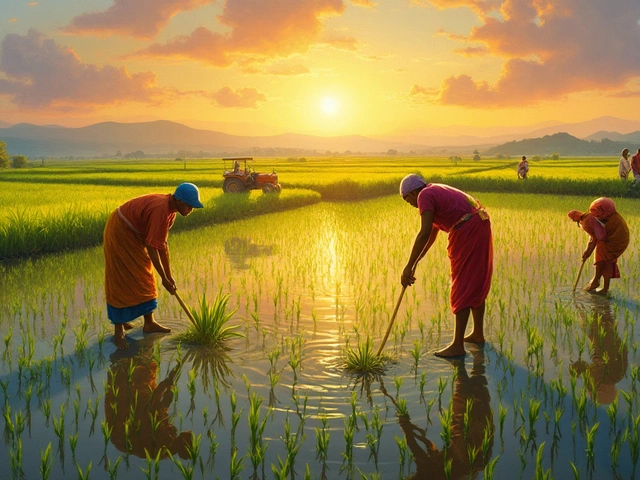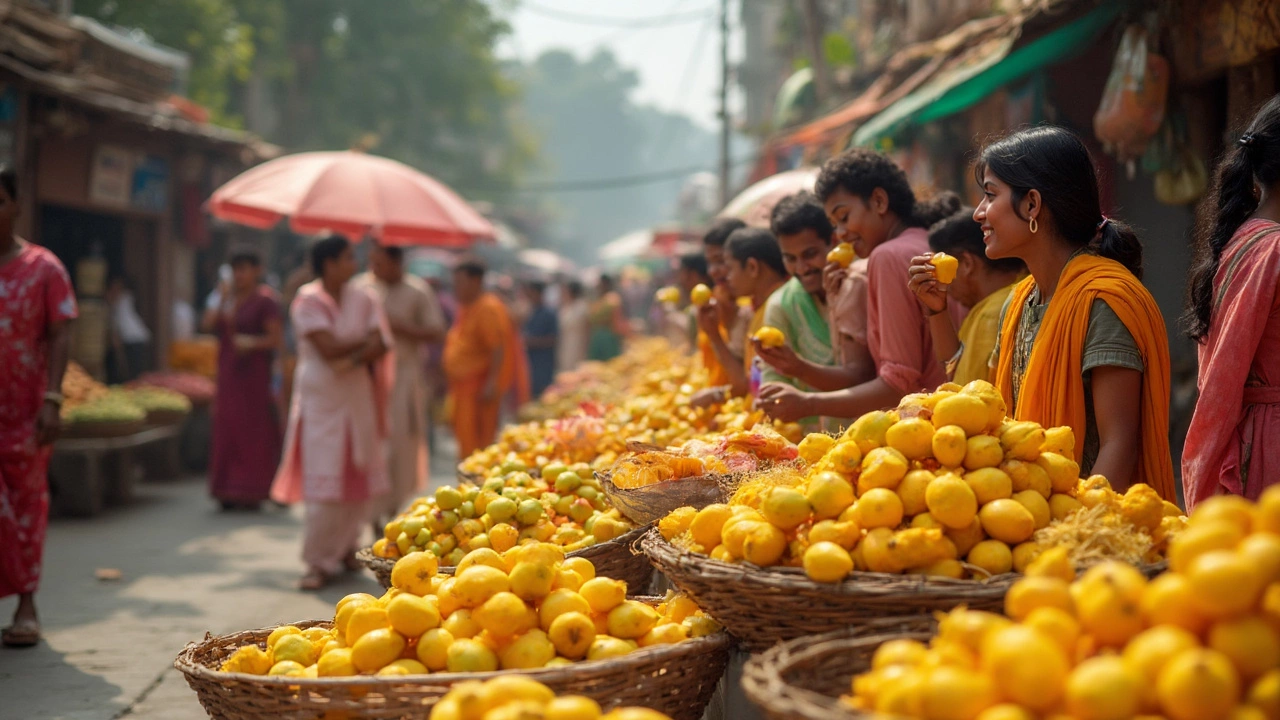Indian Fruits: Types, Benefits, and Simple Growing Tips
Did you know India grows more than 2,000 fruit varieties? From sweet mangoes to tangy guavas, the options are endless and each brings its own health boost. Whether you love snacking fresh, juicing, or growing your own, this guide gives you the basics you need.
Popular Indian Fruits and Their Health Boosts
Mango – The king of fruits is packed with vitamin C, A and antioxidants. Pick mangoes that give a gentle press and have a sweet aroma. They are perfect for summer smoothies or a quick snack.
Banana – A staple across the country, bananas offer potassium and easy energy. Look for firm skins with no brown spots. They're great for post‑workout fuel.
Guava – This small green fruit hides a lot of fiber and vitamin C. Slice it and sprinkle a pinch of salt to bring out its flavor. Guava helps digestion and immunity.
Papaya – Soft orange flesh means plenty of vitamin A and enzymes that aid digestion. Choose papayas that yield slightly when pressed. They’re perfect for breakfast bowls.
Litchi – Sweet, juicy and rich in vitamin C and copper. The outer skin should be bright red and the fruit should feel heavy for its size. Enjoy them chilled on a hot day.
Jackfruit – Large and fibrous, jackfruit supplies protein and potassium. When ripe, the flesh is soft and sweet; when unripe, it works as a vegetarian meat substitute. Store whole jackfruit in a cool place, and cut only what you need.
Aonla (Indian gooseberry) – Tiny green berries are a vitamin C powerhouse. They taste sour but are great in chutneys or as an immunity‑boosting drink.
Pomegranate – Bright red seeds give antioxidants and iron. Tap the fruit; a dull thud means it’s ripe. Sprinkle the seeds over salads for a crunchy boost.
Growing Indian Fruits at Home: Easy Steps
Most Indian fruits love warm weather, but you can grow them in pots or small gardens with a few tweaks. Start with good soil – a mix of garden loam, compost and a little sand works for most fruit trees.
When planting, dig a hole twice as wide as the root ball. Place the plant, backfill gently and pat down. Water thoroughly after planting to settle the soil.
Sunlight is key. Most fruit trees need at least six hours of direct sun. If you’re using a balcony, face the pots south‑west for maximum light.
Watering depends on the fruit. Mango and guava tolerate dry spells, while banana and papaya need consistent moisture. A simple rule: keep the soil moist but not soggy.
Fertilize every two months with a balanced NPK fertilizer or organic compost. For citrus‑like fruits (lemon, orange), add a bit of iron chelate to avoid yellow leaves.
Prune only to remove dead wood and shape the tree. This improves air flow and helps fruit develop evenly. A light prune after the fruiting season is enough.
Watch for pests. Simple solutions like neem oil or homemade garlic spray keep insects at bay without harming the fruit.
Harvest time varies: mangoes in summer, guavas in late summer, pomegranates in autumn. Pick fruits when they’re fully colored and give a gentle squeeze – that’s a sign they’re ready.
With a bit of care, you can enjoy fresh Indian fruits right from your garden, saving money and getting the freshest nutrition possible.
Ready to start? Grab a few seedlings from a local nursery, set them up in a sunny spot, and follow these simple steps. Soon you’ll have a mini‑fruit orchard at home and a tasty snack whenever you want.
India's National Fruit: The Mango Explained
India’s national fruit, the mango, is more than just a tasty treat; it’s part of daily life, traditions, and even city streets. This article dives into why mango got the top spot, the best ways to enjoy and grow them, and tips if you want to add mango trees to your garden. You’ll also get some fun facts you probably haven’t heard, and easy ways to spot the best varieties out there. Whether you’re snacking, planting, or just curious, you’ll find real-world info you can use.
About
Vegetable Gardening
Latest Posts


Drip Irrigation Under Mulch: Is It Worth It?
By Alden Thorne Apr 4, 2025

Best Outdoor Plant for the Lazy Gardener: Bougainvillea
By Alden Thorne Mar 21, 2025

Rainy Season Blossoms: Discovering India's Monsoon Marvels
By Alden Thorne Mar 13, 2025

